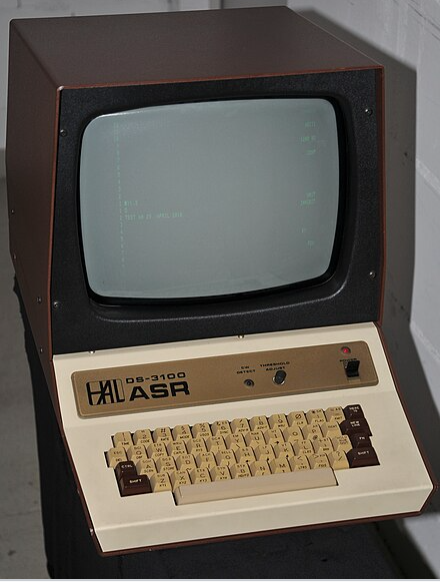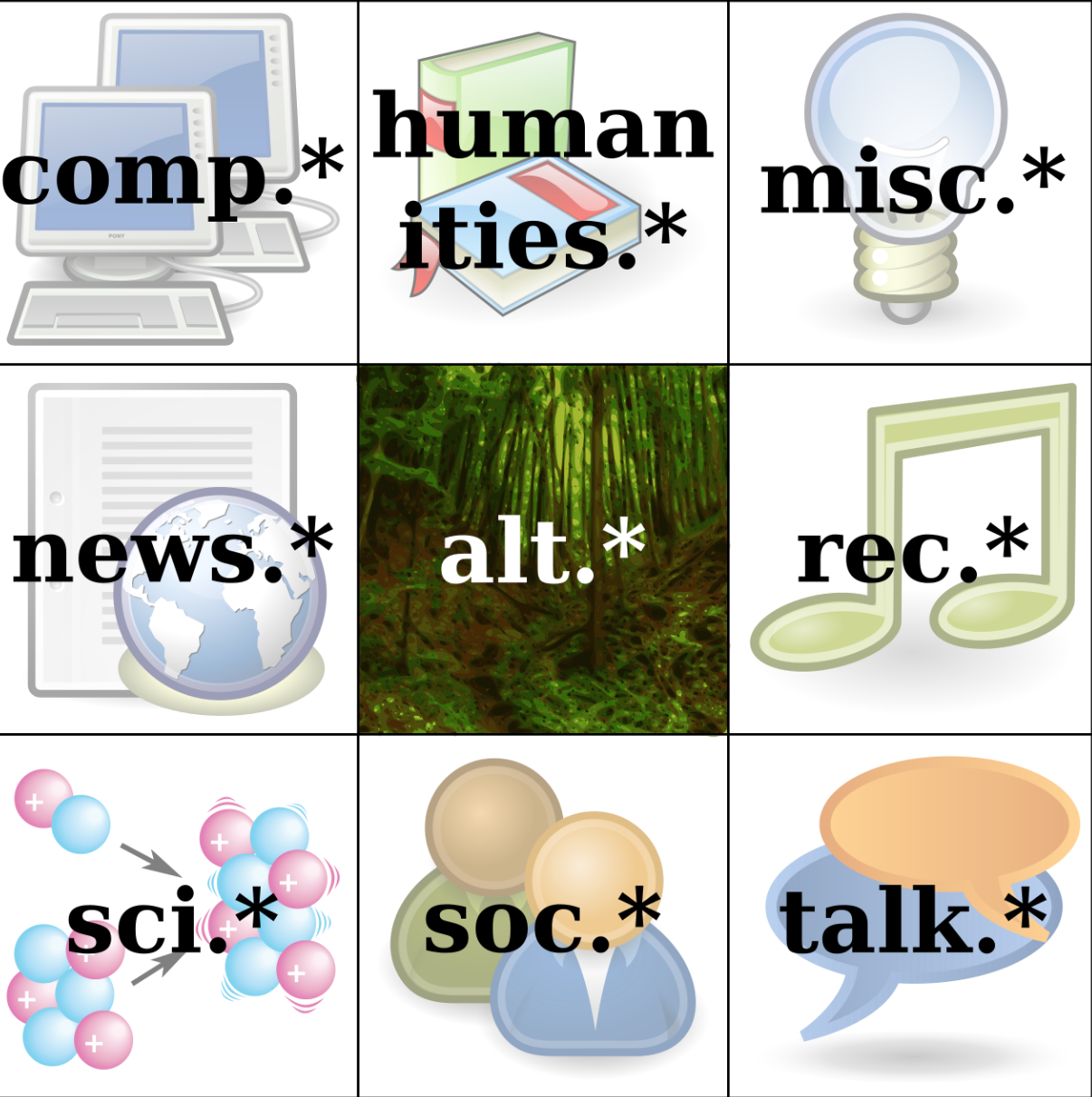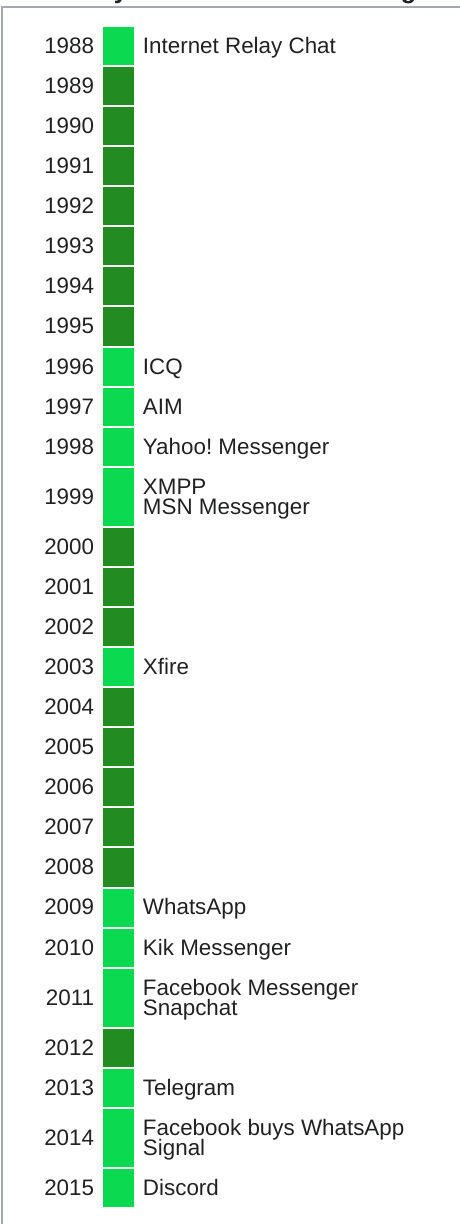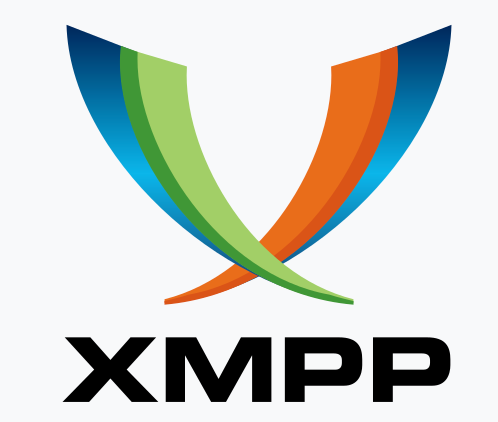What the Tech?! Instant Messaging
Instant Messaging services made mobile telegraphy available to the masses.
With the invention of the early Telegraph paired with Morse code, we took the first steps towards our connected world. However as the Telegraph was replaced with more modern technology the idea of messaging technology that was instantaneous evolved right along side the wireless. In today’s What the Tech, we’ll be exploring the evolution of instant messaging as the internet and smartphone technology took their place in our everyday life. Let’s get started!
The Beginnings
The pairing of computer and radio started early, and reached it’s peak after the second world war with the implementation of Radio Teletype, or RTTY. This digital standard used a modulation scheme that allowed for the printing of messages into a terminal via an RF backbone. Particularly useful when paired with high frequency radio, RTTY transmissions provided instant messaging capabilities worldwide and was a fundamental method of transmission throughout the cold war. However this wasn’t traditional instant messaging as we understand it today. While communication was reliable, the finicky nature of High Frequency communications meant that it was susceptible to atmospheric and solar interference. It would take some time for the viability of internet communications to be tested and discovered. circa 1980’s RTTY station. Source: Wikipedia
circa 1980’s RTTY station. Source: Wikipedia
In this piece, we discussed the concept of commercial time sharing, and it was within this system we saw the first attempts at networked messaging unfold.
Taking place in the 1960’s and known as The Compatible Time Share System, the system enabled multiple users within the network to send text based messages to each other. Developed by MIT, while it was restricted to those within the time share network and was rudimentary at best, it did prove and validate the concept the initial concept of direct text messaging. The “Big 9” Usenet hierarchy. Source: Wikipedia
The “Big 9” Usenet hierarchy. Source: Wikipedia
The next steps would come in the late 70’s with the foundations of the first Bulletin Board Services (BBS) being laid. Bulletin Boards provided many with their first taste of connected life and worked on a message board style of system similar to the text based forums that were so popular prior to the take off of social media. While BBS’s provided the ability to share media, text, software and other useful files they were technically not an instant messaging based service. Working on a store and forward type format, users would post information that others could subsequently search and browse. While they were an early form of technology BBS’s lasted a surprisingly long time with Usenet, one of the more popular BBS’s lasting into the 2000’s. However the usage of such forums began their decline in the late 90’s, as the dot com boom introduced other forms of technology to the masses. Timeline of later Messaging Services and Milestones. Source: Wikipedia
Timeline of later Messaging Services and Milestones. Source: Wikipedia
IP Routing and VOIP
For the text based systems we use today to take hold, we needed two things. Firstly, messaging would need to become more streamlined, with standardization providing the means and compatibility for different systems to talk to each other. Secondly, we needed a way to bring this service to the masses, providing a fast easy way to implement instant messaging services without the technical penalty of previous systems.
The evolution of these needs finally took place in the late 80’s with the introduction of the Internet Relay Chat system. Based on a room type system and using a clean Graphical interface, IRC provided users with the ability to meet and chat in rooms, as well as providing the means for users to access direct messaging services.
Using TCP for its connection, and running on various networked servers, IRC caused an explosion of growth among internet users, in a format that remains popular to this day. However as technology evolved, the simplistic nature of IRC connections were vulnerable to denial of service attacks and other forms of exploitation. MIRC. Microsoft’s Internet Relay Chat client. Source: Wikipedia.
MIRC. Microsoft’s Internet Relay Chat client. Source: Wikipedia.
As the technology turned from new, to old the 90’s brought a new challenger to the messenger game, with the launch of ICQ in 1996. Originally developed in Israel, ICQ was unique as it relied on no traditional marketing whatsoever, with ICQ becoming popular on recommendations and nothing more. While ICQ had the capability to provide group chats, it was initially designed for one to one communications, with a worldwide user base that was able to be searched and engaged with.
ICQ brought in tens of millions of users, at its peak with over 100 million accounts registered. ICQ would also lay the base for many of today’s popular forms of social media to become popular. The dot com boom also provided many other contenders to the mix with AOL and Yahoo messenger having large numbers of users into the early 2000's.
The last piece of the puzzle came in 2000, with the introduction of the XMMP format. An open source open standard project that worked via an app called Jabber (which was also the original name for XMPP), XMPP provided the ability for cross standard communications laying the foundation for the rapid evolution of social media into our everyday lives. XMPP remains a popular format for private servers and chat apps even today in a world dominated by social media messaging.
The Social Media Explosion
With the stars finally aligning and all our needs met, we move into the late 2000’s with the launch of Myspace and later Facebook and Twitter. Providing users with community and networking features as well as instant messaging Social Media was unique as it provided the first attempts at all in one apps giving users a centralized space for their digital lives.
While Myspace was the first, it wasn’t to last and the first real successful attempt we saw in this space came with the launch of Facebook in 2004. While it started from simple beginnings, it wasn’t long before Facebook messenger was launched giving users the means for instant text base messaging outside their Facebook inbox.
With the usage of text based services slowly beginning to replace traditional SMS based messaging, the later 2010’s would see the development of new protocols as well as the launch of several notable players that continue today. We had Whatsapp in 2009, Telegram in 2013 and finally in 2014 we had Signal. Launched to provide a true encrypted chat capability, the launch of Signal marked a new area where the concept of privacy would be back in the mainstream public eye. Signal is a great chat client. Unfortunately, in many oppressed countries, it’s entirely banned. Source: Wikipedia
Signal is a great chat client. Unfortunately, in many oppressed countries, it’s entirely banned. Source: Wikipedia
Into the Future
While there’s no debating the convenience of these services and the productivity benefits they provide, many have voiced legitimate concerns over data management and breaches as well as the dangers behind having large amounts of user data provided to large corporation. The management of this collected data also becomes a point of controversy as we see the large scale collection and application of analytical data and subsequent mismanagement of this data through things like the Cambridge Analytica scandal.
We also see the evolution of encrypted messaging apps making it far easier for cyber criminals and organised crime to communicate, making it far more difficult for law enforcement to intercept communications. So into the future, we can expect to continue to see controversy around things like end to end encryption within direct messaging apps. We could also see new features in an attempt to mitigate this, with a new focus on things like self destructing messages and ephemeral content.
However the development of AI technology is expected to be where the real evolution takes place, with the integration of chat bots, virtual assistants and other enhancement features becoming commonplace. We are beginning to see the early beginnings of this in 2023 with the Snapchat launch of MyAI. While the AI trend is in it’s early days, it too provides insight into some of the changes that will take place in our future connected world.
What the Tech?! is our recurring, twice monthly piece where we look at the pieces of technology that were essential in shaping our modern world.
🌟 Enjoyed this article? Support our work and join the community! 🌟
💙 Support me on Ko-fi: Investigator515
📢 Join our Telegram channel for exclusive updates or.
🐦 Follow us on Twitter
🔗 Articles we think you’ll like:
- OSINT Unleashed: 5 Essential Tools for Cyber Investigators
- What the Tech?! GPS Technology
✉️ Want more content like this? Sign up for email updates here




































































